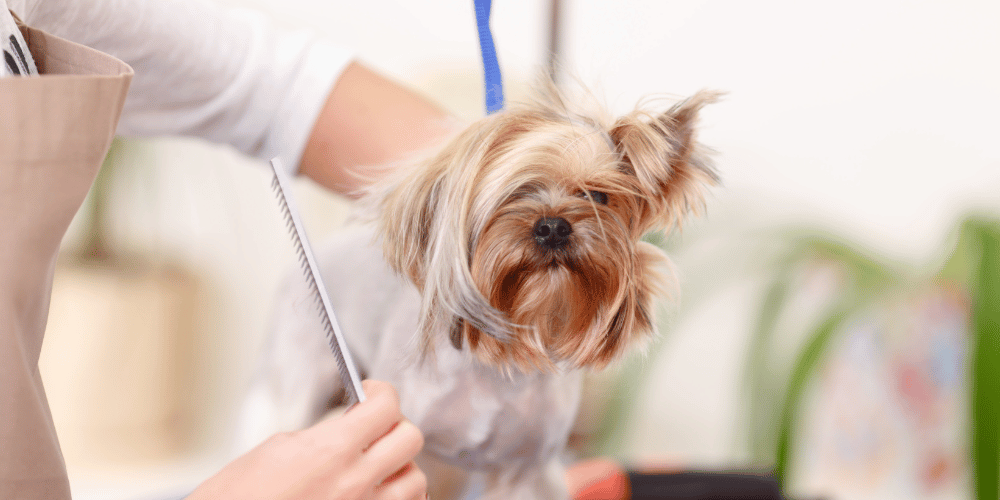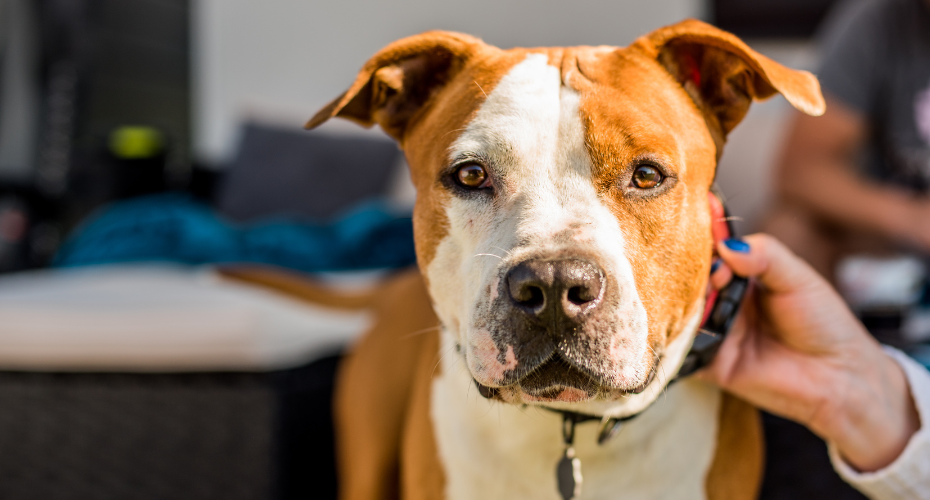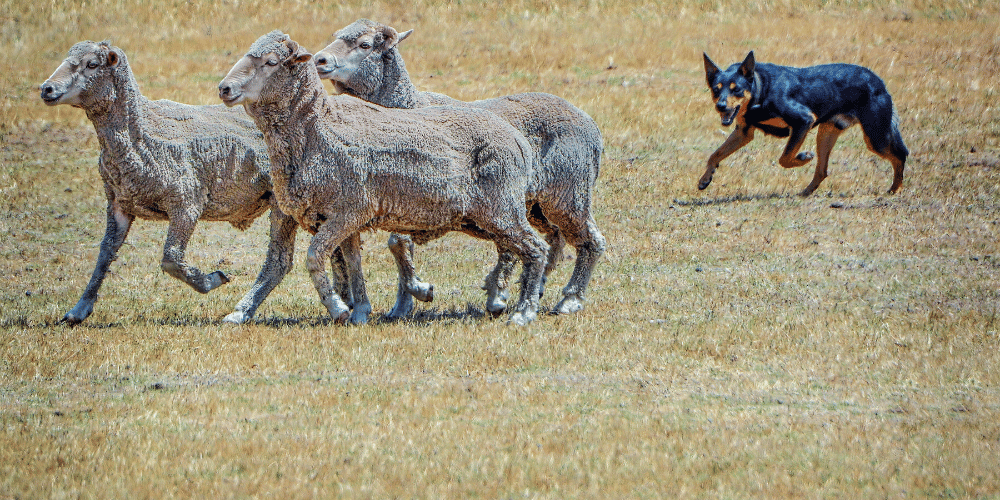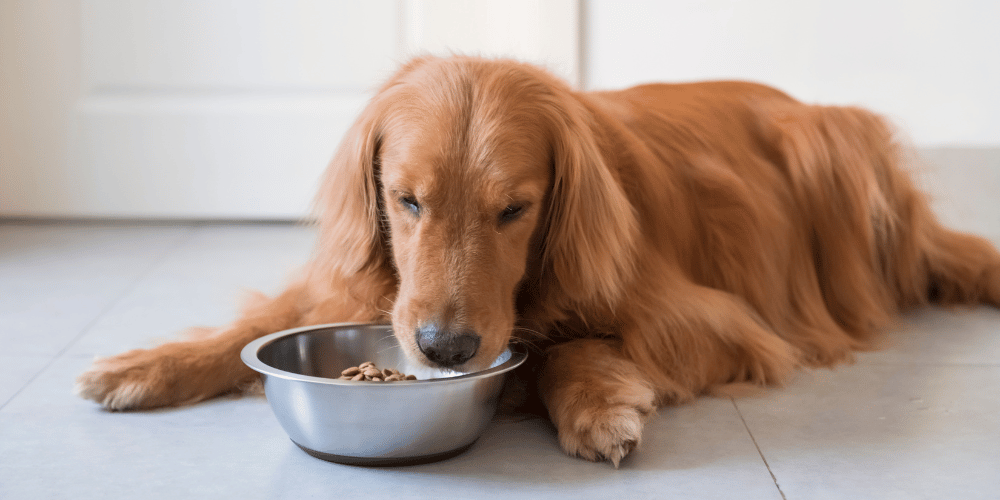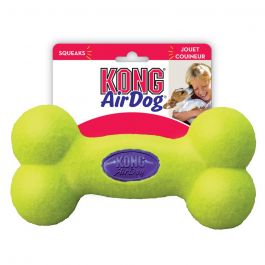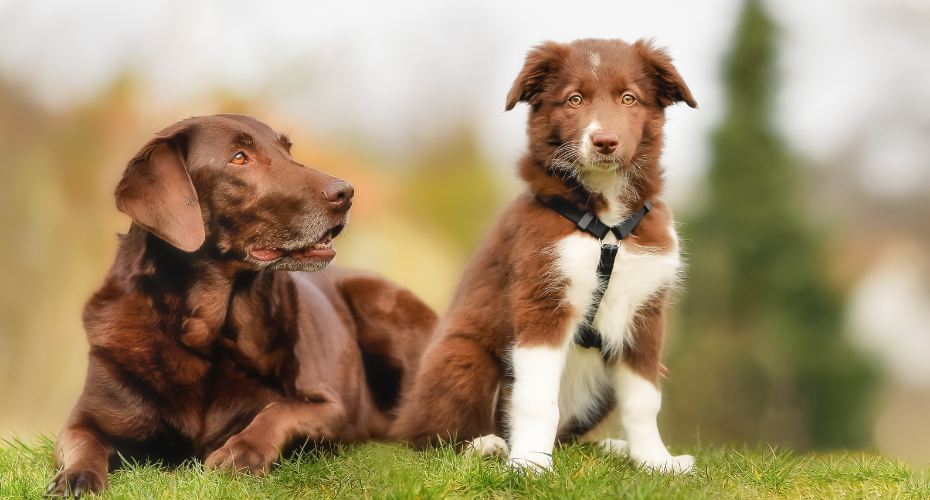
A new dog can bring you years of enjoyment and companionship. Before you bring home that new puppy, consider the needs and expenses involved in responsible pet ownership. Make sure you have the time to feed, groom, exercise and properly train your dog. In addition to high quality food, dogs need veterinary care, grooming, and perhaps boarding and other supplies. You might consider calculating and comparing expense budgets for the dog breeds you are considering. If you have other pets or small children at home, consider how a new dog will fit into your household.
When deciding what type of dog is right for you, you may want to give consideration to some of the following suggestions.
Fur Thickness and Length
Longer fur is beautiful but needs frequent brushing and may need periodic trimming. Dogs with heavy undercoats are most comfortable in colder weather, and will shed more heavily than short-coated dogs in spring and autumn. Short-coated dogs require less coat care, but may not handle cold weather as well. If you aren't equipped to do the grooming yourself, you will need to send your dog to be regularly bathed and groomed.
Activity
Smaller breeds of dogs can be more active than larger breeds. Some herding and sporting breeds need a lot of exercise, and may become frustrated or even destructive if they do not get the exercise they need. Consider the exercise needs of the breed and the size of your yard, as well as your own activity levels. If you are looking to get a breed of dog that is very active, are you willing to walk them twice a day and entertain them in between?
Information
A good source of information about specific dog breeds is your veterinarian. They can be invaluable in guiding your decision. You may also wish to talk to breeders and other people who own certain breeds that are of interest to you. Visit your local dog park and chat to owners about what they love and don't like about their dog.
Puppy Selection
If you're picking a puppy from a litter, first make sure that you like the looks and personalities of both parents. Watch the behaviour of the whole litter. You may instantly see that one puppy is the most boisterous and one is quiet and content on their own. Depending on the breed of dog and your own activity level, one or the other, or somewhere in between might be the right type of puppy for you. Make sure to handle several puppies from the litter. A good-natured pup will quickly relax in your arms as you cradle it.
Breeder vs Adoption
When you are ready to purchase a dog, buy from a reputable source that provides a health guarantee. Dogs from shelters and pounds also need homes and can be excellent pets, but remember that some dogs are taken to shelters because of behavioural problems. You might not be able to train such dogs out of the undesirable behaviour. Ask the shelter staff about the history of any dog you are thinking of adopting before you make a decision.
All puppies are irresistible, but always remember the Absolute Rule: Never get any dog on impulse!
Normal Puppy Behaviour
When picking a puppy, there are a few things to learn about normal puppy behaviour. The first two weeks after birth, newborn pups sleep and eat, moving around minimally in a small area close to their mother. Their eyes are sealed closed, and their ears are limited in hearing ability. At 10-14 days, the eyes start to open, and the hearing starts improving rapidly.
At 3 weeks, the pups show greatly improved coordination, and they become more aware of and interested in outside stimuli. They start playing with the dam and each other a bit. By 4 weeks of age, the pups are moving better, are more coordinated, and are strongly interested in their environment. They will start relating to humans now as well as their littermates. Pups will start experimenting with solid food, and are becoming very playful.
From 5-8 weeks, their playfulness, curiosity and coordination grow. During the phase from 4-8 weeks, they should be exposed to a lot of stimuli, especially to human adults and children. Otherwise, they will not bond well with humans.
By 7-9 weeks of age, most puppies are fully weaned and are capable of leaving the litter and going to their new families. This is an ideal age to go to a new home. If the breeder has done a good job, the pups should have been exposed to a variety of environments, animals and people, so that they are relaxed about new stimuli and will bond easily with humans.
From 8-16 weeks is a continuation of a very important window of opportunity of learning for pups. From 4-16 weeks of age, puppies are maximally open to new experiences and learning. This is the time to expose puppies to as many different people, places, environments, situations (including mild stresses so she learns to cope with stress), and other animals as possible. Pups are most receptive to new stimuli during this phase; this is the best time to learn socialization with other dogs and people. Whatever you want the pup to be comfortable with for the rest of their life, now is the time to expose them to it!
Purebred Dogs
If you're buying a purebred pup, your best source is a reputable breeder. Good breeders can be found through national, state and local breed organisations. You can find reputable breeders via Dogz Online where you can browse via breed and sort through puppies or adult dogs. Dogz Online is also a good source of information when it comes to specific health standards that breeds must meet and specific testing that should be done before dogs are bred.
Buying a puppy from a pet store can be tricky as you are unable to meet the parents of the pup, and quite often their littermates may have been sent to other stores as well. You will not know if the puppy has been properly socialised before being sent to the store, or if the employees are continuing to socialise the puppies appropriately while they are in that critical learning stage between 4-16 weeks of age. All of these factors tend to result in pet stores being supplied by puppy mills. Puppy mills are large-scale breeding operations where the dogs are often poorly treated. Without being certain of the source of the puppies, pet stores are best to avoid.
Try to visit several purebred kennels to compare different lines of the same breed. You will also be able to get different kinds of information from various breeders. Observe the breeders and their premises. The kennel areas should be clean and not smell overpoweringly of dog waste. The adult dogs should look clean, healthy and well cared for. The dogs should obviously be a part of the family, and should be very responsive to humans. The parents of the litters should be friendly and easy to approach (unless their pups are very young, then females are often more protective). Be suspicious of anyone that seems to have a lot of problems with his dogs, his kennels, the dogs' health, the puppies' health, etc. and a lot of excuses for those problems. Never buy a pup to save it from a poor environment! You will only be encouraging an unscrupulous breeder.
To decide which breeder to choose, make sure you feel very comfortable with the breeder, their premises, and the information they gives you. Good breeders will give you a lot of information about their particular breed and line; tell you the positives and potential problems with their breed; and provide a health guarantee. They will have tested for prevalent genetic problems in their breed, and they will ask you a lot of questions to make sure they are comfortable with you as the owner of one of their pups.
Next, make sure you like the looks of the dam (mother dog) and the sire, if he's on the premises. Many breeders send their female dogs to a stud dog to be bred. If the sire is not on the premises, ask about his looks and personality. See if the breeder has a picture, and ask why they chose him as the sire. Make sure his disposition matches what you want in a dog, and that he matches the ideal breed standard. Although behaviour can be modified with dog training (or lack of it!), remember that the looks and many personality characteristics are highly inheritable, so if you don't like the parents, you probably will not like the offspring. If you like the looks and disposition of the parents, however, that improves your chances for getting a pup that you will like.
Adopt, Don't Shop
There are many sources for mixed-breed dog, the most common being a rescue group or shelter. Some of the same rules of purebred dogs apply: Make sure you like the rescue group or shelter where you find the pup. Quite often, dogs will come into rescues or shelters without any knowledge of their circumstances before being found. This can make it tricky to guess the dogs temperment and size, however, rescue groups and shelter staff are incredibly knowledgeable, and will often be able to give you a very good estimate of how big your dog may get, and what their nature will be like.
If you can, try to find out as much as possible about the dogs past. A good rescue group or shelter will be open with you about any troubling behaviours or health issues. If you choose to take on a dog with any behavioural issues or known health problems, be prepared to spend the time and the money to give them the best possible life they deserve.
Happily Ever After...
Remember, if you do your research carefully and avoid buying any animal on impulse, you and your new pet will likely be a great match!
After you decide on either a new puppy or adult dog, Vet Products Direct offers a wide range of dog supplies perfect for your pet.
